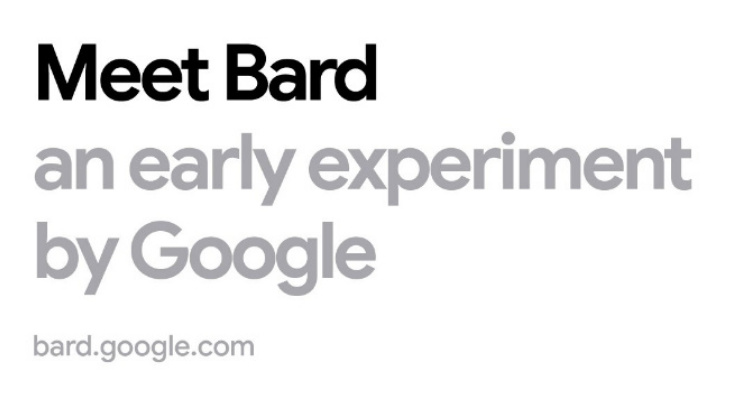Google has deactivated the waitlist for Bard, its most recent generative AI tool, and made it available in more than 180 nations and territories.
The business is battling for a bigger piece of the generative AI industry against Microsoft-backed Bing and ChatGPT.
The new conversational AI service, which was first introduced in February, aims to develop novel ways for users to interact with the material, including words, photos, videos, and audio.
The Alphabet-owned business began offering restricted public access to a select group of US and UK customers in March.
Bard will soon support 40 languages in addition to English, the business revealed on Wednesday at the Google I/O conference in Mountain View, California. Bard is now available in English as well as Japanese and Korean.
Google claimed that by moving Bard to PaLM 2, a more powerful and advanced large language model, several recent advancements, including advanced math, reasoning, and coding abilities, had been made possible.
The Pathways Language Model (PaLM) from Google is regarded as a significant development in generative AI.
Data scientists may effectively train a single model across systems that can comprehend hundreds of languages and perform generating tasks using this method.
Users can ask Bard things like, “What are some must-see sights in Dubai?” — and the technology will provide images in addition to text responses to help users understand and contextualize what they are exploring.
Along with text, users will be able to incorporate images in their prompts, which will help them be more creative and get more in-depth responses.
Bard can also access information from Google search, making it more accurate and up-to-date than other chatbots. Bard has the potential to change the way SEO work, as it can replace the featured snippets and provide personalized and relevant answers to users. SEO services will need to adapt to this new search model and create high-quality, valuable, and interesting content that can attract Bard’s attention and generate organic traffic.
Machine learning is used by generative AI to create material, including text, images, video, and audio. Instead of just studying or acting on the data that is already available, it can create original content in the appropriate context.
According to statistics from market research firm The Brainy Insights, the global generative AI industry is anticipated to increase from $8.65 billion in 2017 to $188.62 billion in 2032, growing at a pace of more than 36% annually.
Last year, the market was led by the North American continent.
Additionally, generative AI could boost productivity growth by 1.5 percentage points over a ten-year period and raise the global GDP by 7%, or approximately $7 trillion.
Google will also incorporate Adobe Firefly (creative generative AI models) into Bard in the upcoming months to assist users in converting their concepts into high-quality photographs that can then be altered in Adobe Express.
Launched in December, San Francisco-based research company OpenAI’s ChatGPT uses data that is freely available online to generate human-like responses to prompts in a matter of seconds.
The program has gained enormous popularity, but it has also sparked questions about its accuracy and intended usage.
Read more about What’s ahead for Bard: more global, more visual, more integrated
Bard was released by Google in February. Microsoft unveiled its new AI-powered Bing search engine in the same month. It intends to provide better searches, more comprehensive answers, a new chat experience, and the capacity to produce original content.


